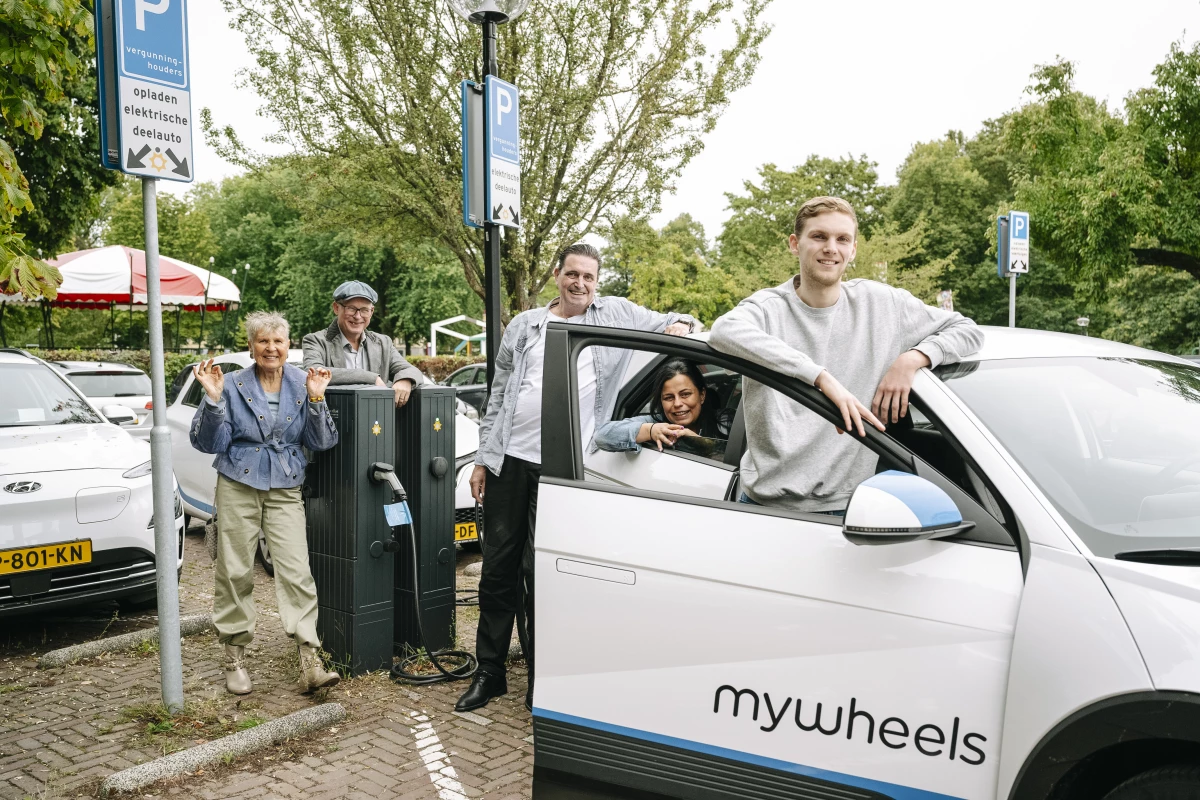Renewable energy grids need lots of energy storage – and EVs plugged into charging stations represent a huge, city-wide battery just waiting to help out. The Dutch city of Utrecht is about to pioneer a clever way to kickstart two-way charging.
The idea has been done plenty at the domestic level – where devices like Toyota's V2H (vehicle-to-home) charging system can turn an electric car into a high-powered backup power supply capable of running your whole home for days at a time.
And people have been talking about it on a broader, city-wide scale since the dawn of the EV revolution; the same high power density batteries that makes EVs so quick to accelerate make them perfect for quickly sending power back into the grid to smooth out demand spikes.
The trouble is, most EVs are privately owned, and a lot of people are happy to trickle-charge them at home off a wall socket rather than installing a specialized charger – much less one that's capable of two-way charging.
That's what makes this Dutch plan so neat. It's a collaboration between two companies. We Drive Solar is building the two-way, clean-energy charging technology, and working with Hyundai and Renault to make sure the cars are ready to do the job. And the Netherlands' biggest rideshare company, MyWheels, will connect 300 of its 3,000-odd cars to the network via its charge stations.

If each of those cars is, say, a base-model Hyundai Ioniq 5 with a 58-kWh battery rated for at least 125 kW of discharge power, then when they're all plugged in, the city grid has access to a theoretical 17.4 megawatt-hours of energy, at rates of at least 37.5 megawatts.
That's an appreciable percentage of a grid-scale "big battery," so it should be very handy for the energy grid, while presumably offering a new revenue stream for the rideshare company. It'll also have very little effect on the experience if you go grab a rideshare car; the Ioniq 5 does about 220 miles (354 km) on a full battery, so even if the two-way charger sucks down half the battery during a particularly heavy grid load, the car will still handle the vast majority of trips customers use them for.
With several Renaults and Hyundais already connected to pilot two-way grid chargers in Utrecht, We Drive Solar says the full initial complement of 300 cars will be rolled out by the end of the year, comprising the "first bi-directional city in the world."
Very neat, and certainly something we'll see more of as pilot programs like this expand.
Source: We Drive Solar






